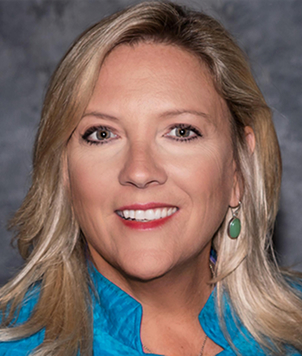Most traditional primary care organizations aren’t equipped to handle the very specific needs of older adults. In a traditional setting, a provider will typically have a patient panel comprised of individuals with wide-ranging needs. “The physician could be seeing Medicare members along with pediatric patients and younger commercial members that don’t have multiple chronic conditions—those are all different patient populations,” says Dr. Rae Godsey, Chief Medical Officer, Group Medicare, at Humana.
Given that older adults grappling with several chronic conditions rely on multiple specialists to manage their health, a value-based care model that follows an integrated approach to healthcare is especially important for the 65+ demographic.
“An integrated care delivery system ensures the entire care team is informed about what’s going on with the member,” says Dr. Godsey. She gives an example of a member with diabetes who might need to see an endocrinologist, registered dietitian, ophthalmologist, and podiatrist, highlighting the importance of care coordination among multiple specialists.







